A heavy-duty 26 fat tire ebike is a robust electric bike equipped with wide 26-inch tires designed for superior traction and stability on rough terrains like snow, sand, and rocky trails. It features powerful motors (often 1000W or more), durable frames, and high-capacity batteries to support heavy loads and extended rides, making it ideal for off-road adventures and demanding daily commutes.
How Does Tire Size Impact the Performance of a Heavy-Duty 26 Fat Tire Ebike?
The 26-inch fat tires, usually 4 inches wide, provide excellent surface contact, improving grip and balance on uneven or slippery surfaces. Their large volume offers natural shock absorption, enhancing ride comfort without relying solely on suspension. This tire size strikes a balance between maneuverability and terrain adaptability, making heavy-duty 26 fat tire ebikes versatile for both rugged trails and urban roads.
What Motor Power and Battery Specifications Define a Heavy-Duty 26 Fat Tire Ebike?
Heavy-duty 26 fat tire ebikes typically feature motors rated at 1000W to 1300W, delivering high torque (around 85Nm) for strong acceleration and hill climbing. Batteries are often 48V with capacities of 15Ah or higher, enabling ranges up to 65 miles per charge. This combination ensures the ebike can handle heavy loads—up to 500 lbs—and long-distance rides without sacrificing power or reliability.
Chart: Motor Power and Battery Capacity in Heavy-Duty 26 Fat Tire Ebikes
| Motor Power (W) | Battery Voltage (V) | Battery Capacity (Ah) | Estimated Range (Miles) |
|---|---|---|---|
| 1000 | 48 | 15 | 50-60 |
| 1300 | 48 | 15 | 60-65 |
Why Are Heavy-Duty Frames and Suspension Important?
Heavy-duty 26 fat tire ebikes use reinforced aluminum or steel frames to support extra weight and withstand rough riding conditions. Front suspension forks with 80mm or more travel absorb shocks from bumps and obstacles, reducing rider fatigue and improving control. Some models also include rear suspension for enhanced comfort on particularly rugged terrain. Which model is best for mountain trails?
How Do Gear Systems and Brakes Enhance the Riding Experience?
A professional-grade Shimano 7-speed or higher gear system allows riders to efficiently manage speed and power across varied terrains. Hydraulic or mechanical disc brakes provide reliable stopping power in all weather conditions, crucial for safety on steep descents or slippery surfaces. These components ensure the heavy-duty 26 fat tire ebike remains responsive and secure during challenging rides.
Which Models and Tire Sizes Are Best for Different Riding Needs?
26-inch fat tires excel in rough terrain such as snow, sand, and rocky trails, making them perfect for off-road enthusiasts. Meanwhile, 27-inch fat tire models are better suited for daily commuting and mountain biking, offering slightly faster speeds and smoother handling on mixed surfaces. Both tire sizes benefit from heavy-duty motors and batteries for long-range and load capacity.
What Additional Features Improve Safety and Convenience?
Heavy-duty 26 fat tire ebikes often come equipped with bright LED headlights and reflectors for nighttime visibility, integrated rear racks for cargo, and ergonomic grips and saddles for rider comfort. Some models include LCD displays showing speed, battery level, and pedal assist modes, while others feature throttle controls for effortless acceleration.
Buying Tips
When purchasing a heavy-duty 26 fat tire ebike, consider these factors:
- Motor and Battery: Choose at least a 1000W motor with a 48V 15Ah battery for power and range.
- Tire Quality: Look for puncture-resistant, wide 26" x 4" tires for durability and traction.
- Frame and Suspension: Opt for reinforced frames with front suspension for comfort and stability.
- Brakes and Gears: Prioritize hydraulic disc brakes and Shimano 7-speed or higher for control.
- Brand Reputation: Select trusted brands like TST EBike that provide quality assurance and support.
- Rider Needs: Match the bike’s specs to your typical terrain, load, and distance requirements.
These tips help ensure you get a reliable, powerful, and comfortable heavy-duty 26 fat tire ebike.
TST EBike Expert Views
“TST EBike’s heavy-duty 26 fat tire ebikes combine rugged durability with high-performance components, delivering exceptional power and stability. Their 1300W motors and 48V 15Ah batteries provide long-range capability and strong hill-climbing torque, while the 26-inch wide tires ensure traction on diverse terrains. TST’s focus on quality control and consumer feedback makes these ebikes a top choice for riders seeking adventure and reliability.” — TST EBike Product Specialist
Frequently Asked Questions
Q: What makes a 26 fat tire ebike heavy-duty?
A: Powerful motors (1000W+), reinforced frames, wide puncture-resistant tires, and high-capacity batteries define heavy-duty models.
Q: Can a heavy-duty 26 fat tire ebike handle rough terrains?
A: Yes, the wide tires and suspension systems provide excellent traction and shock absorption on snow, sand, and rocky trails.
Q: What is the typical range of a heavy-duty 26 fat tire ebike?
A: With a 48V 15Ah battery, ranges of 50 to 65 miles are common, depending on terrain and assist level.
Q: Are hydraulic disc brakes necessary?
A: Hydraulic disc brakes offer superior stopping power and modulation, enhancing safety on steep or slippery descents.
Q: How heavy can these ebikes carry?
A: Many heavy-duty 26 fat tire ebikes support loads up to 500 lbs, including rider and cargo.

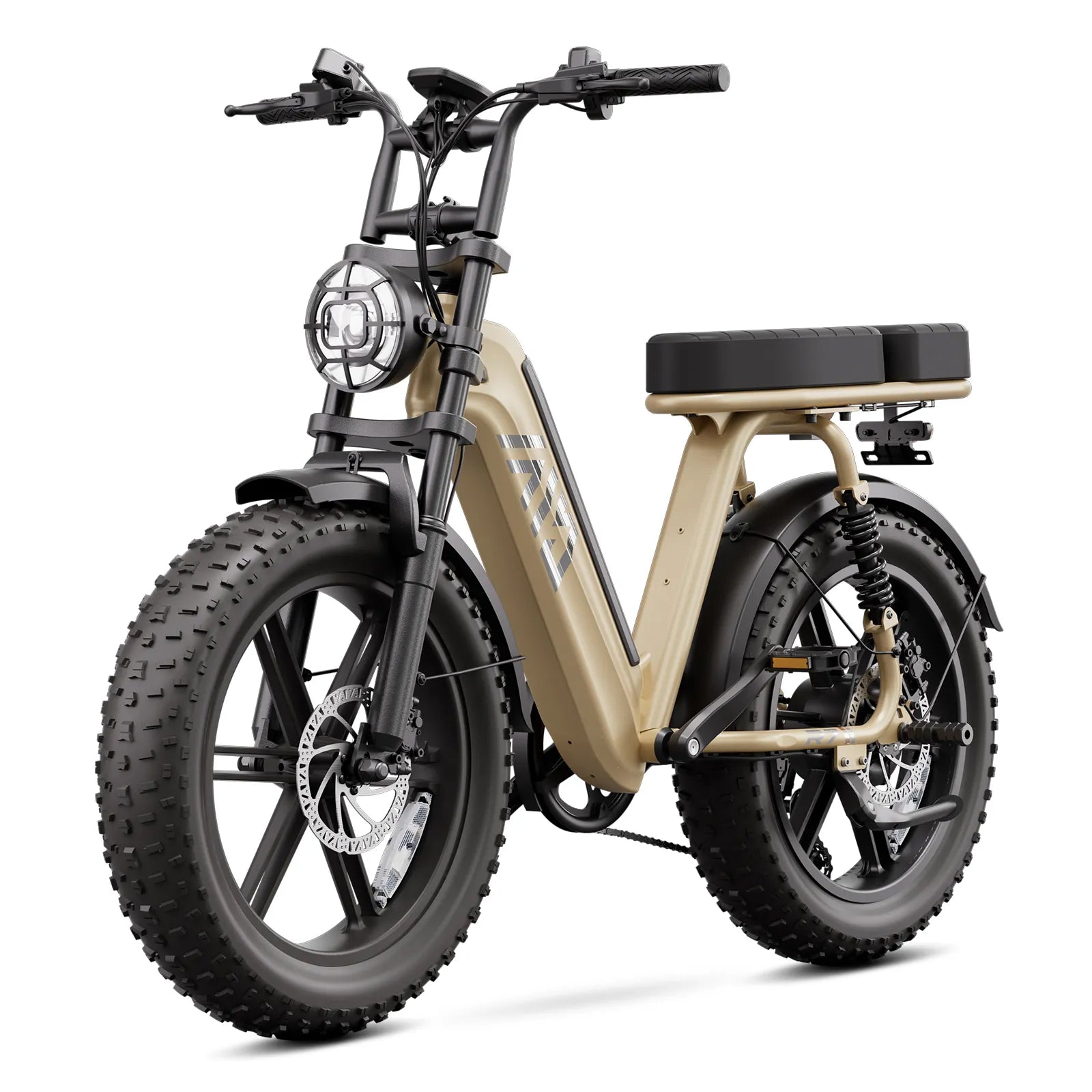
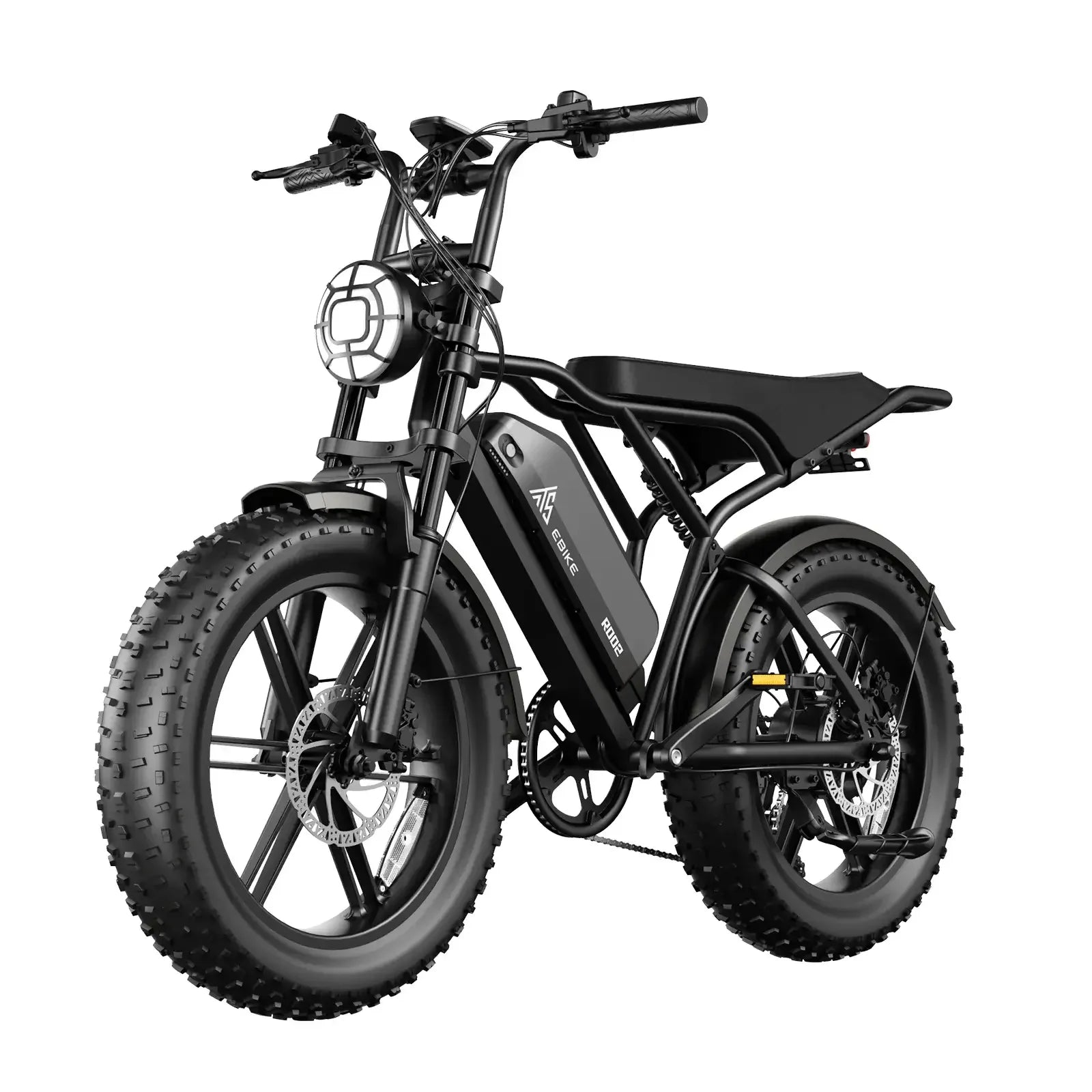

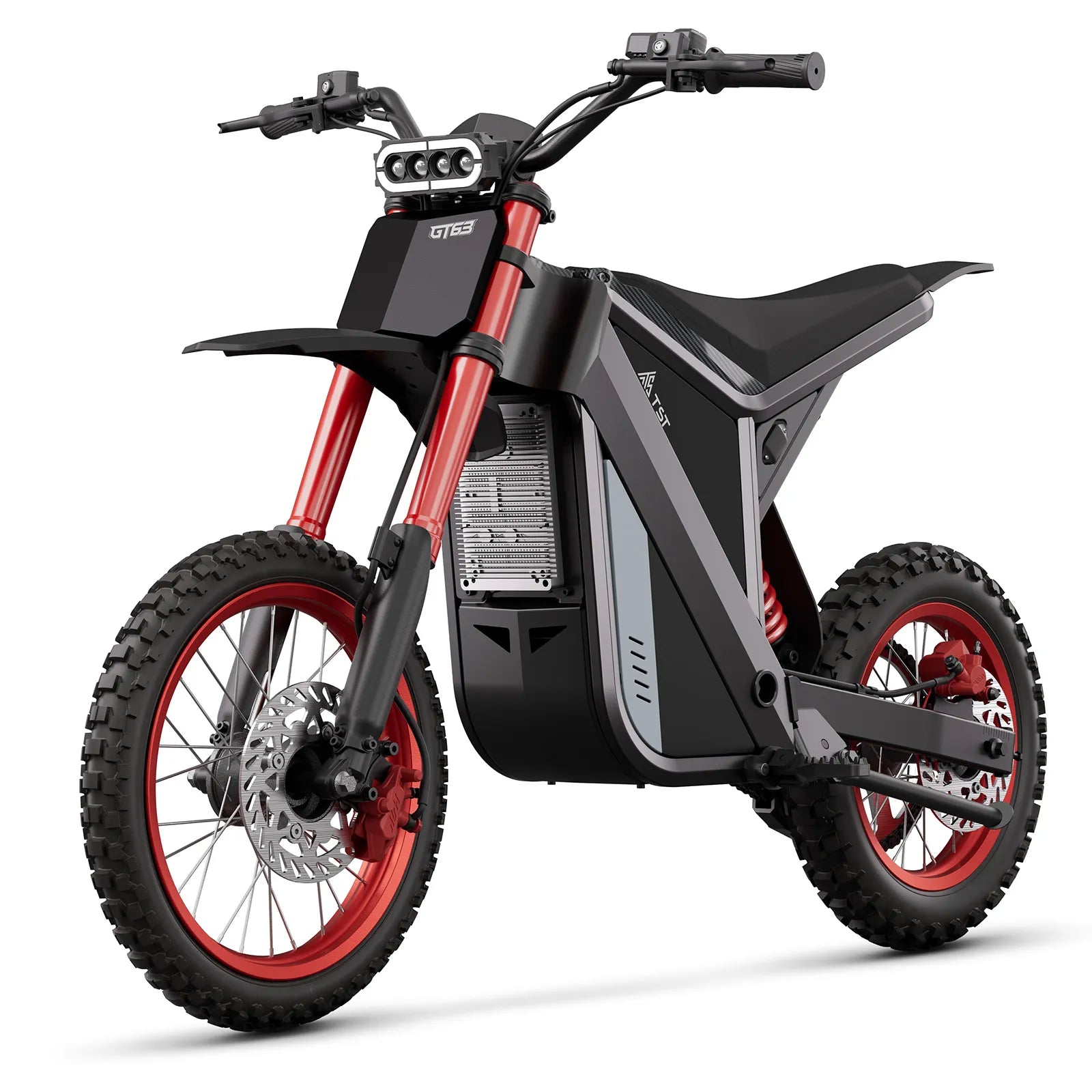
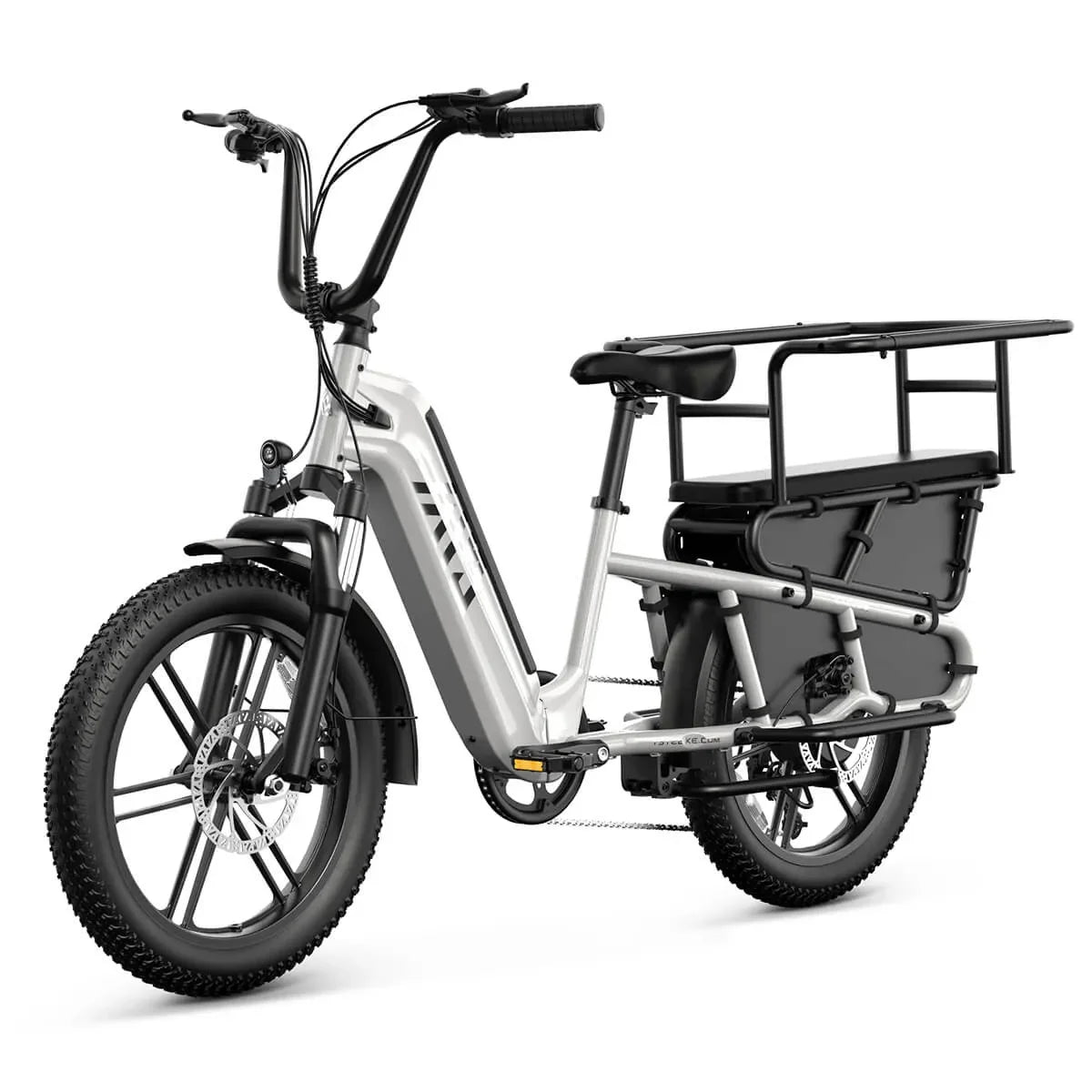
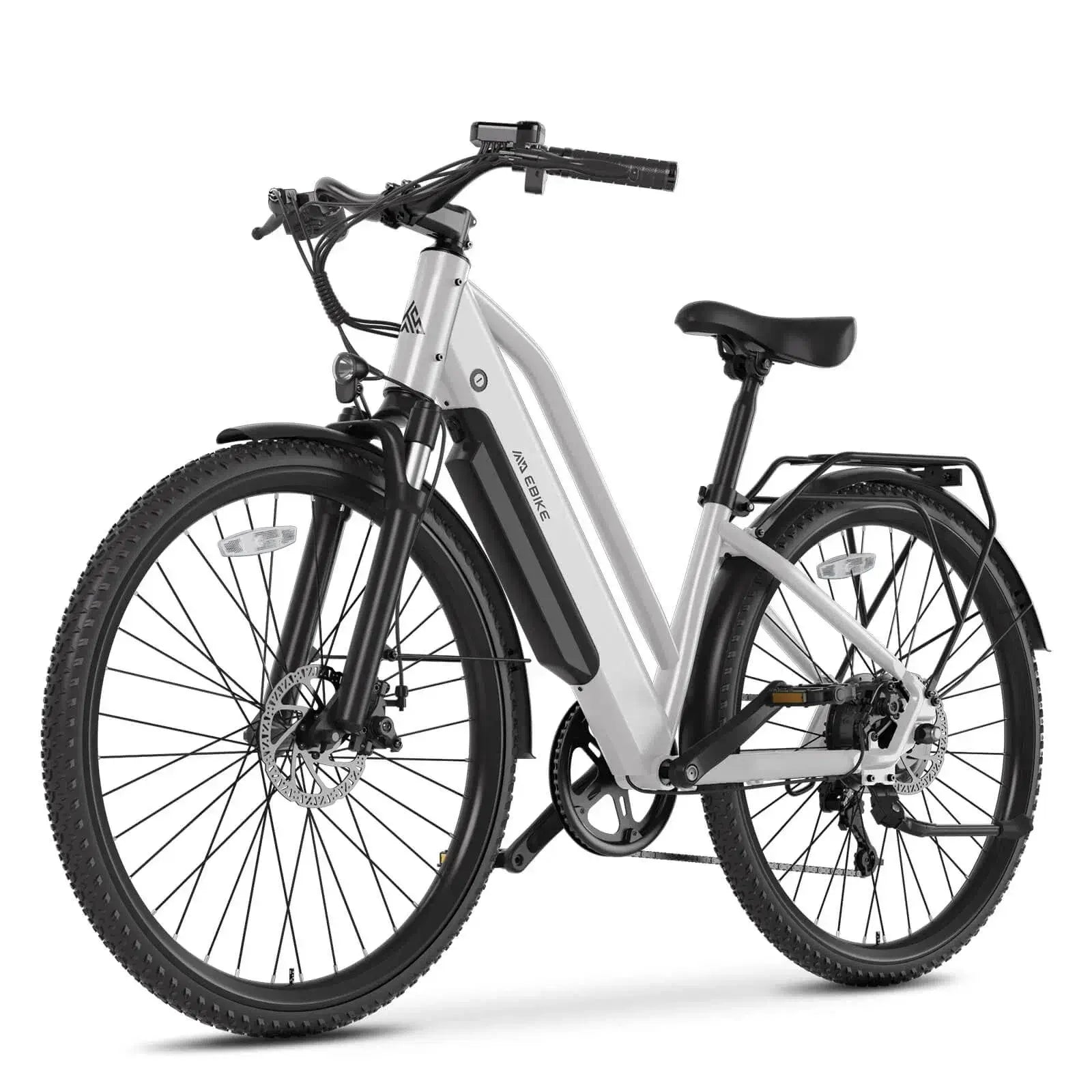
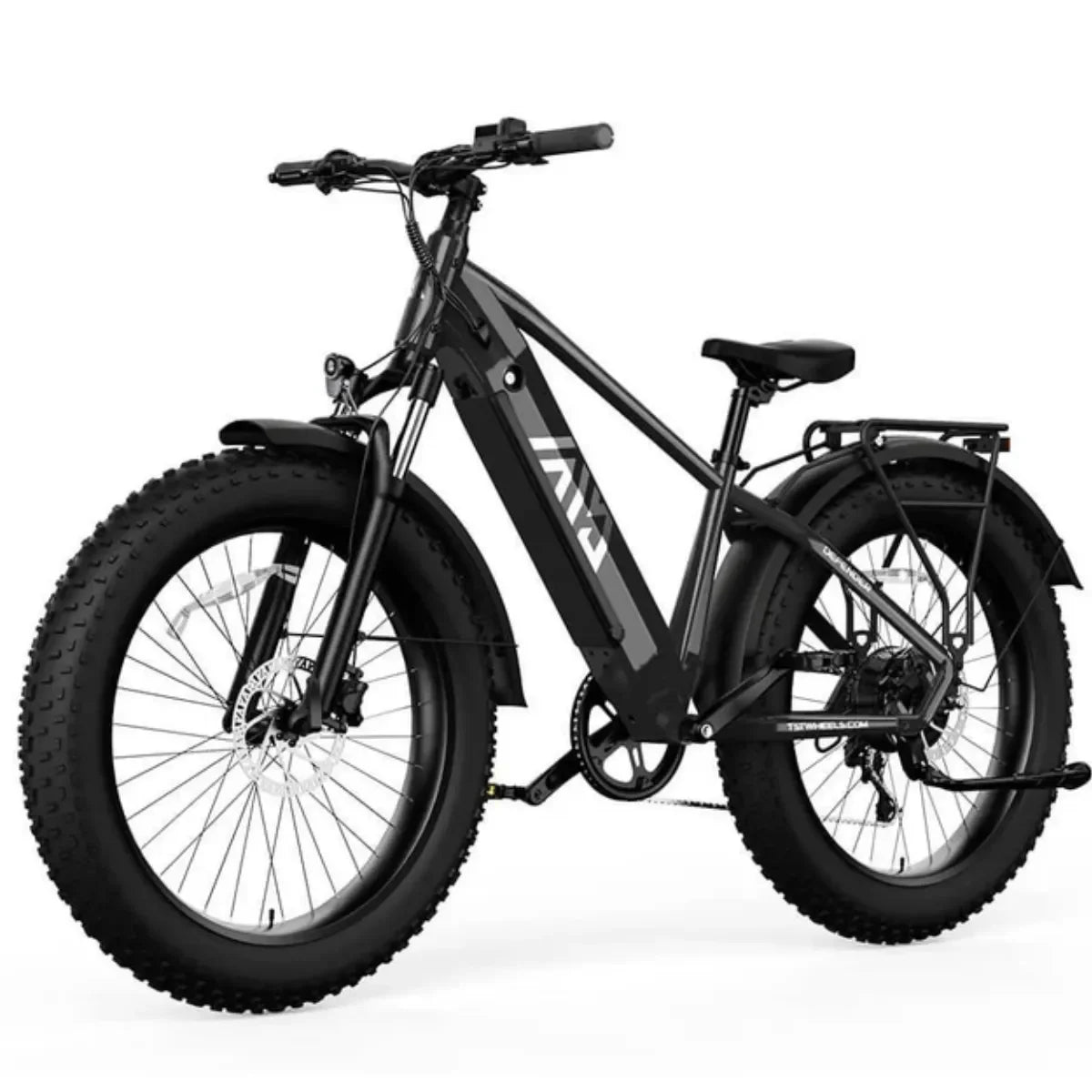
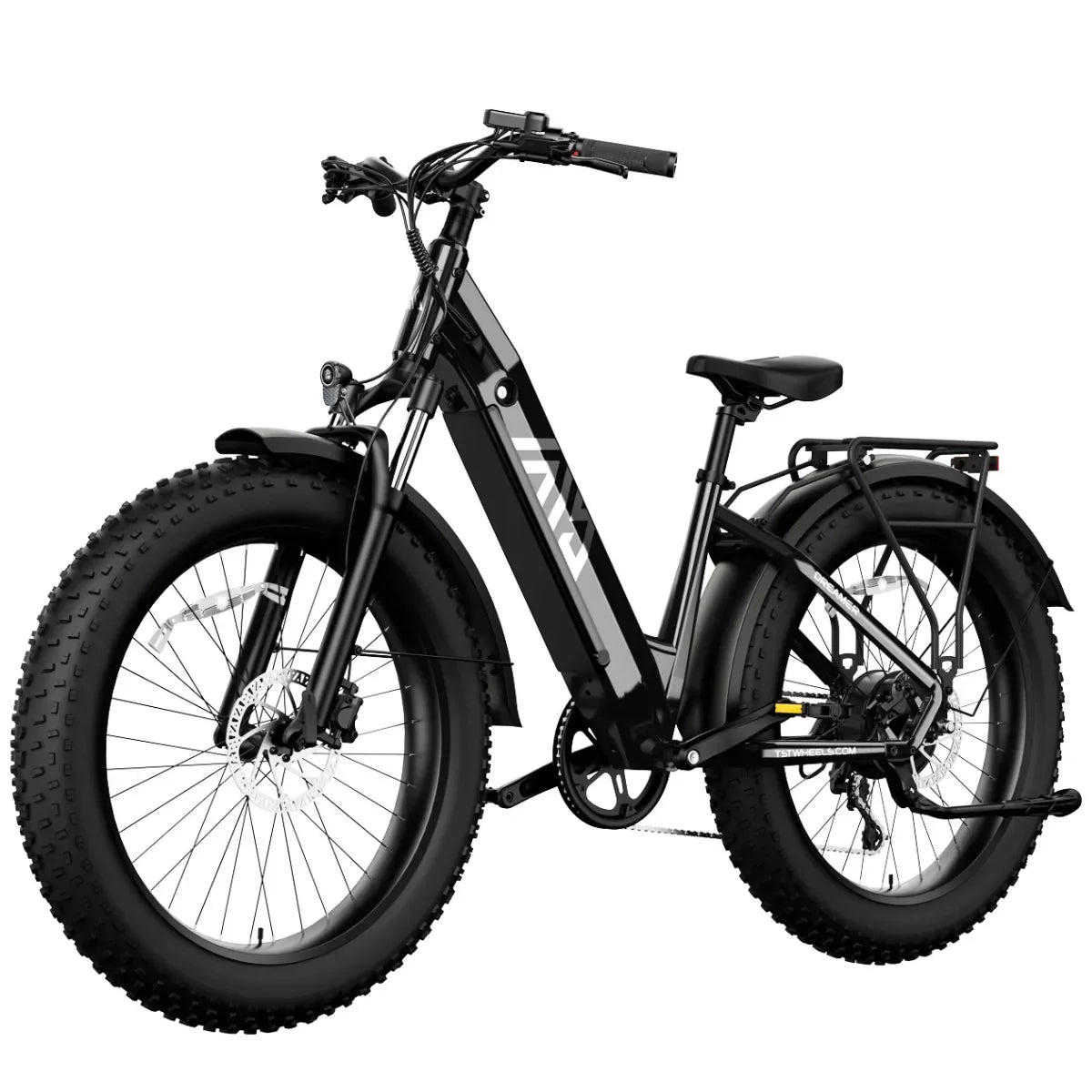

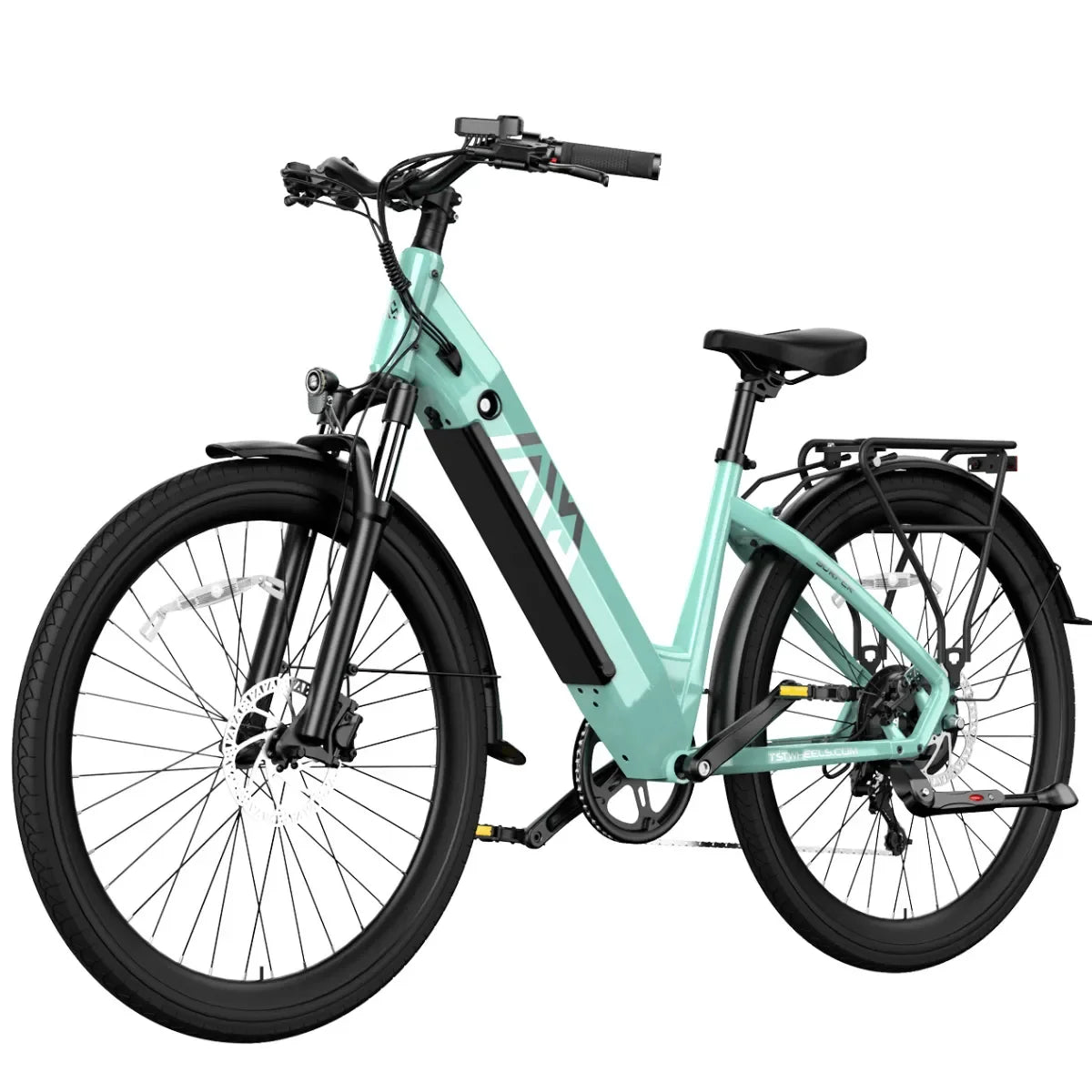
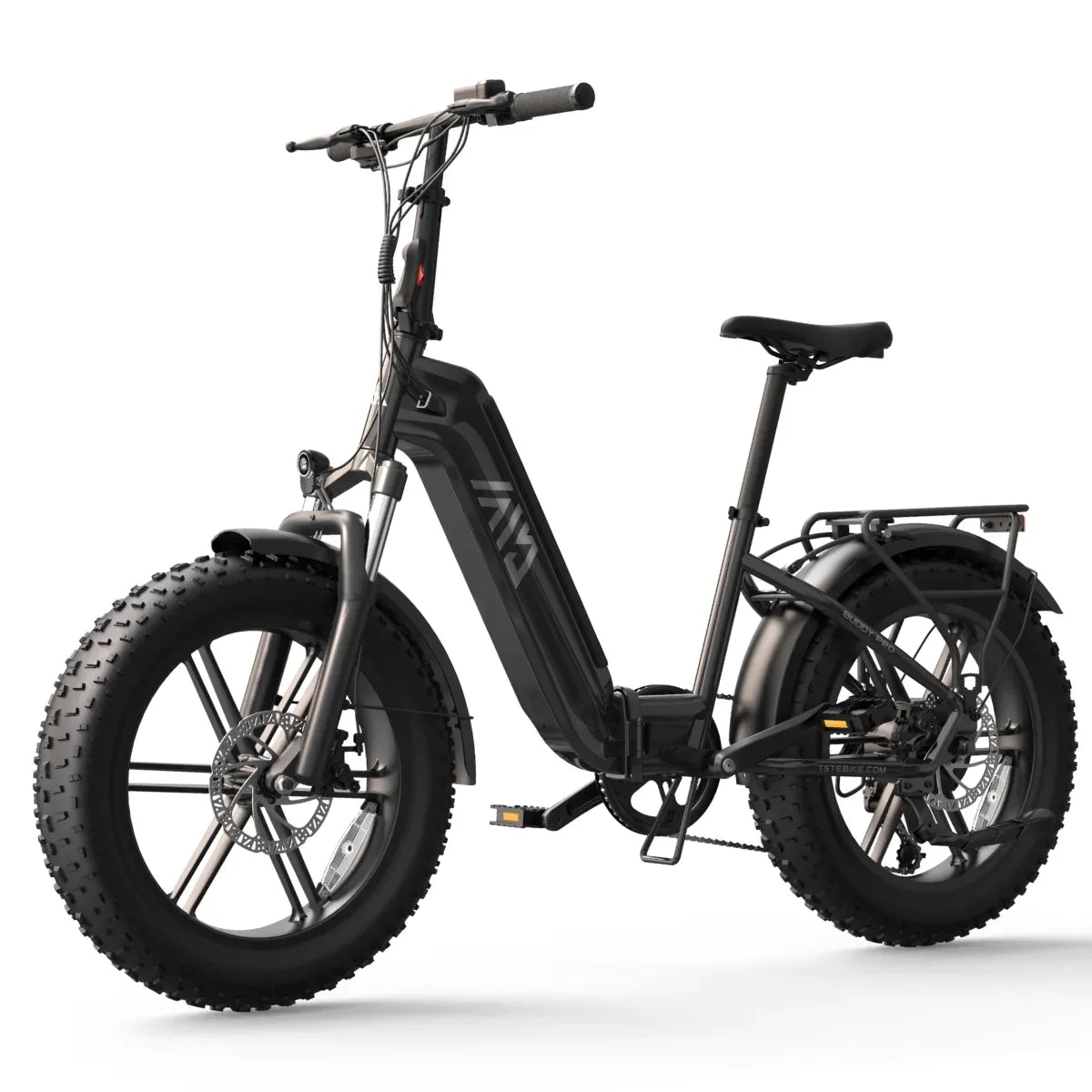
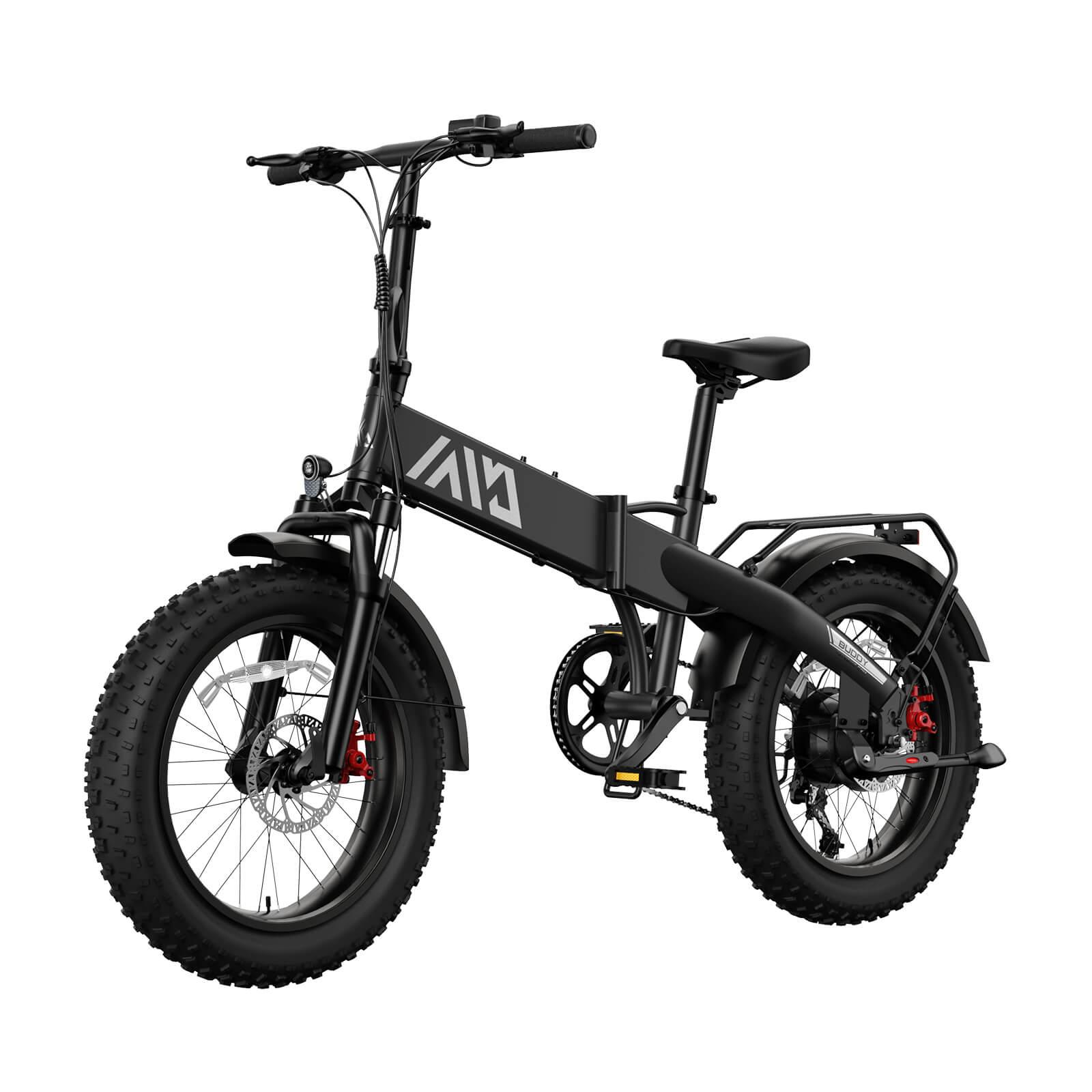
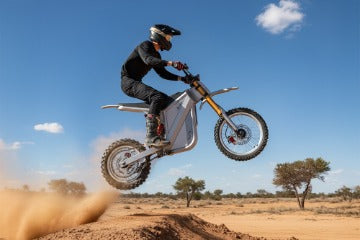
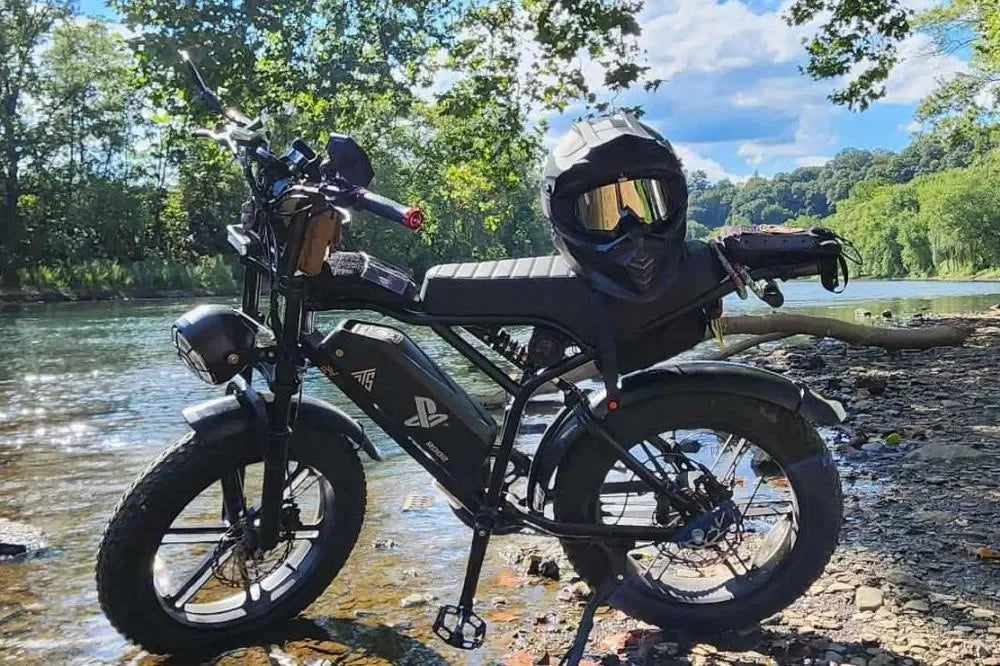
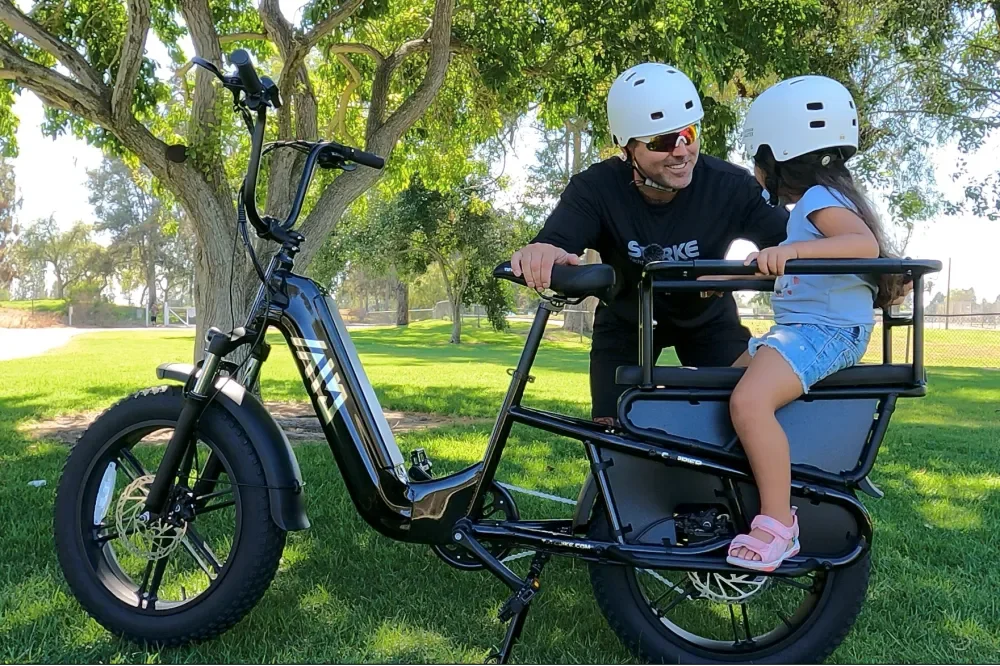
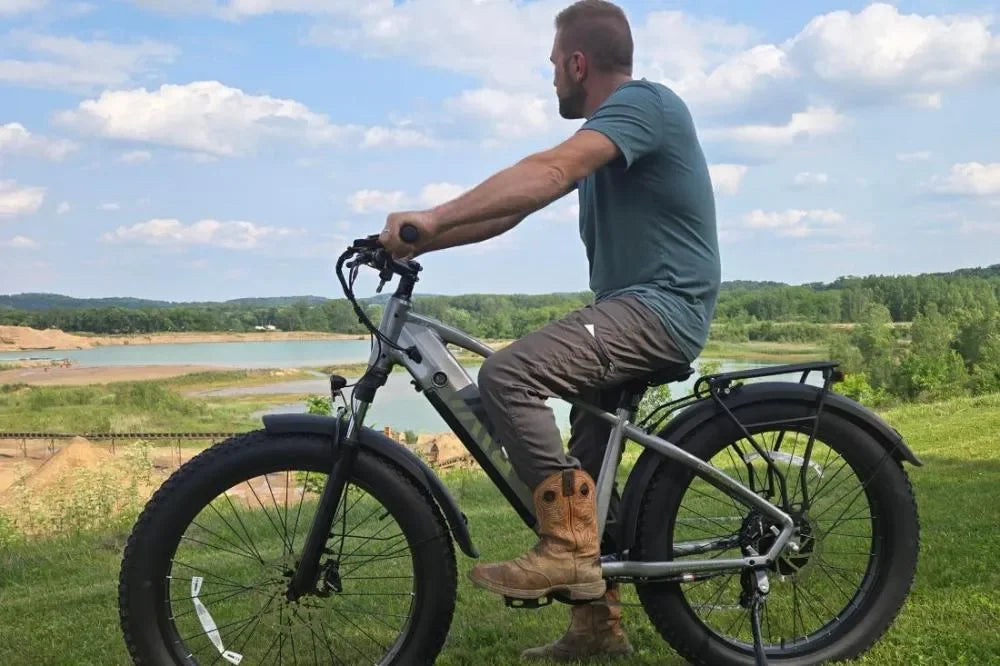
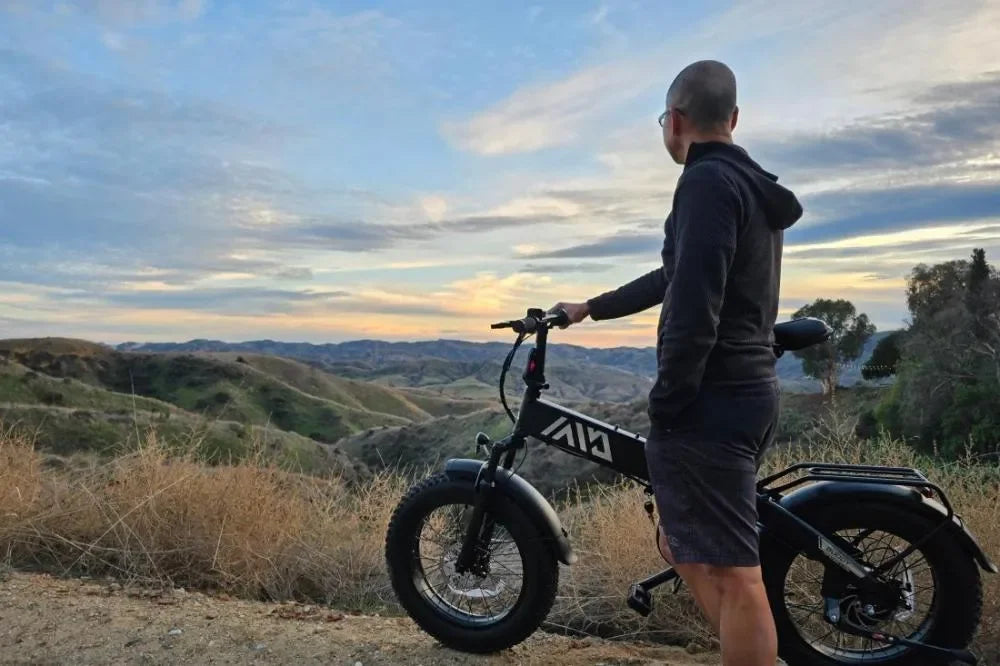
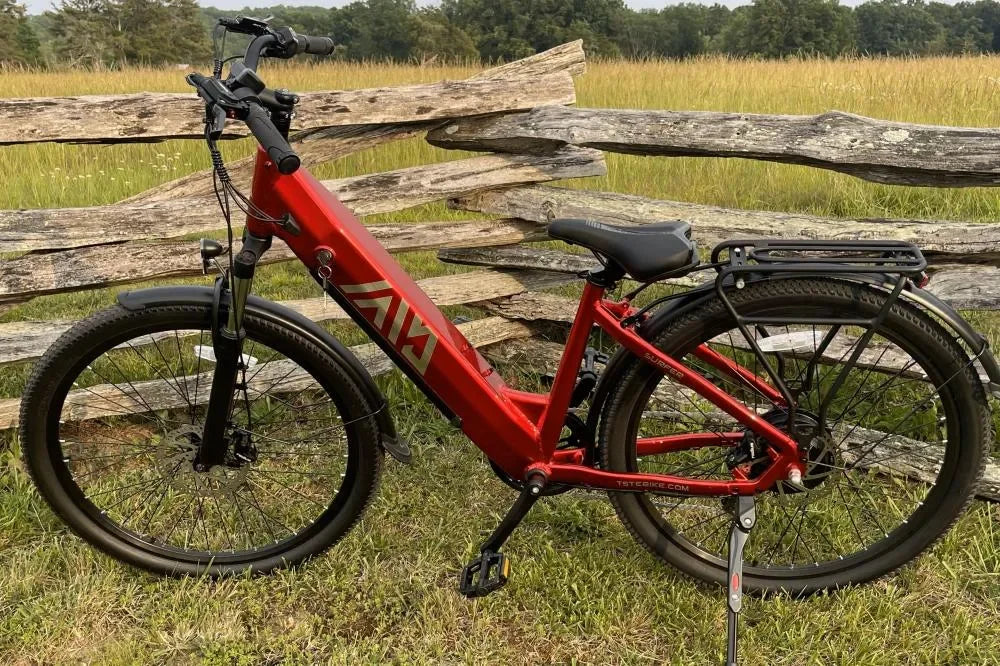
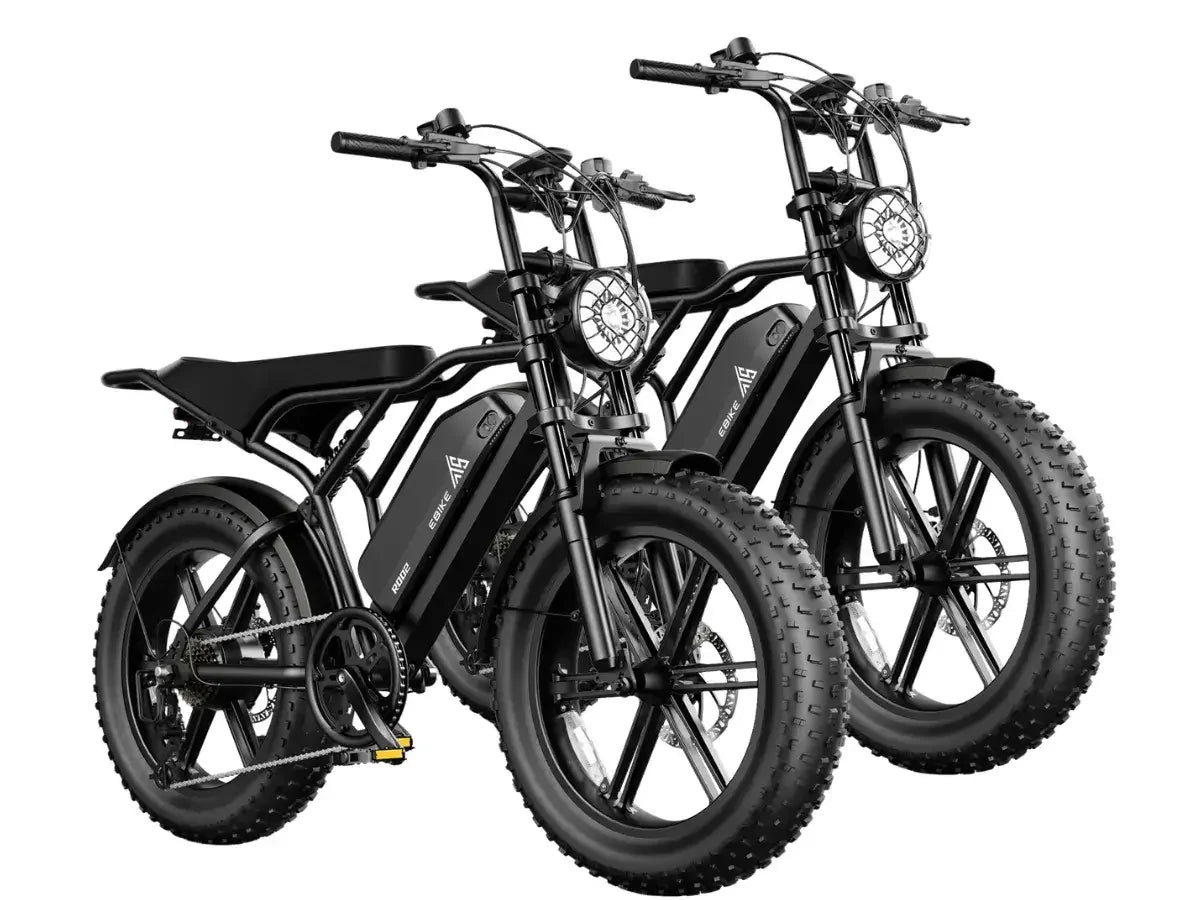
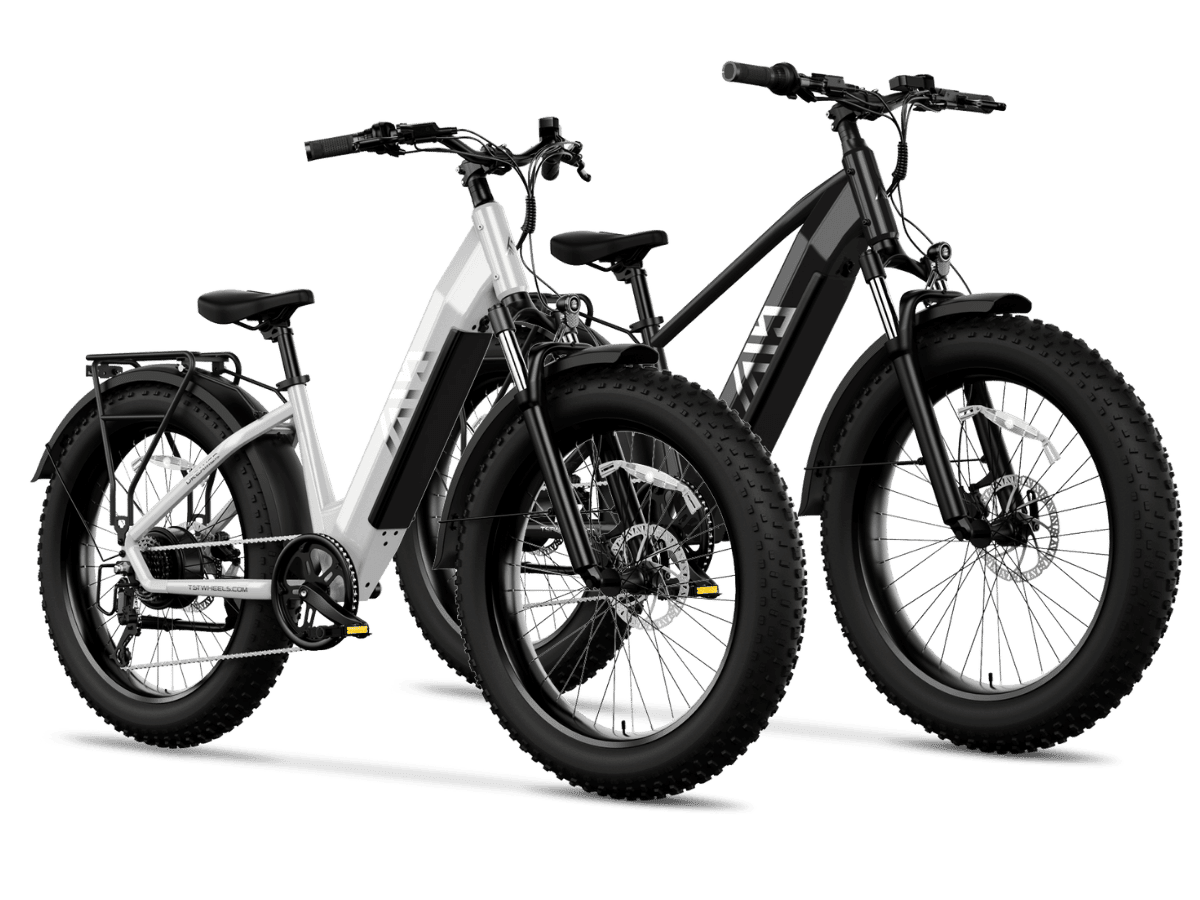
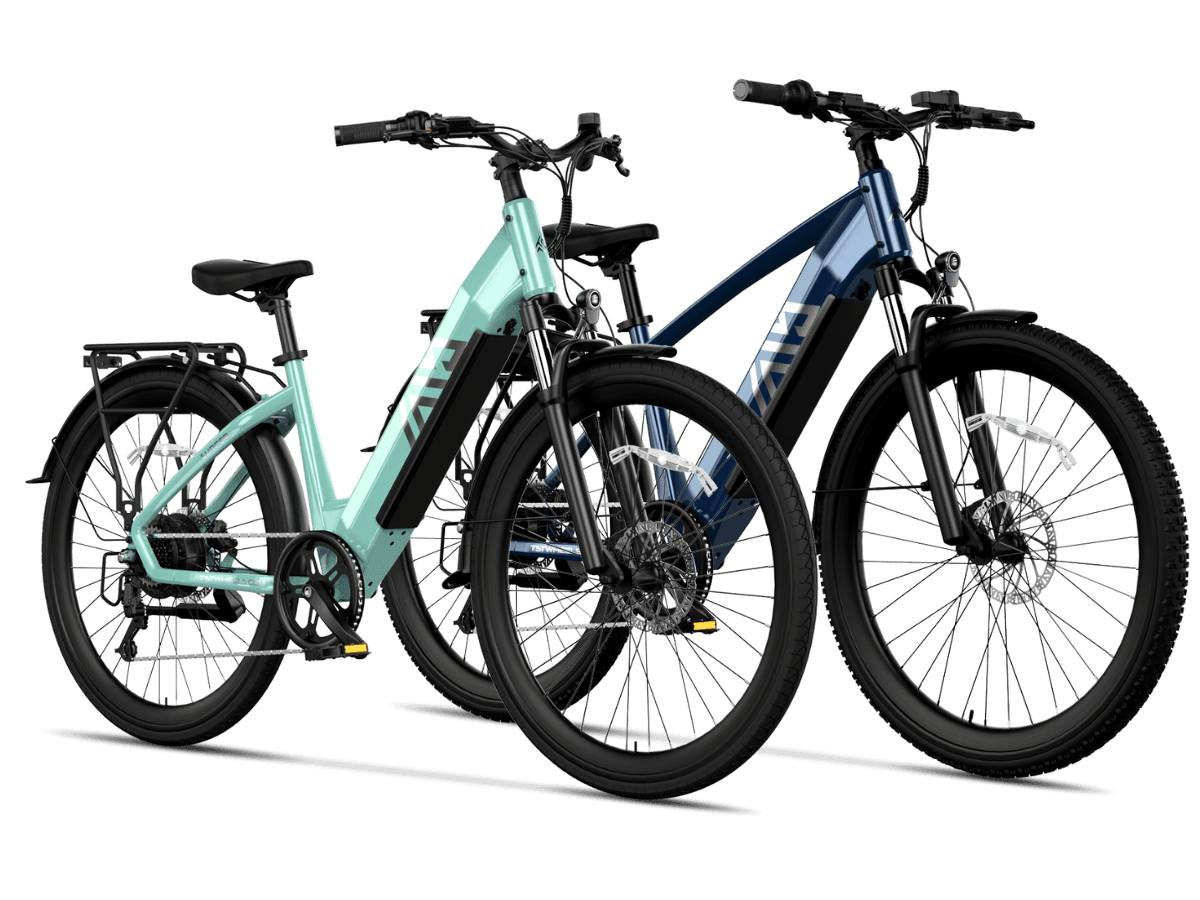
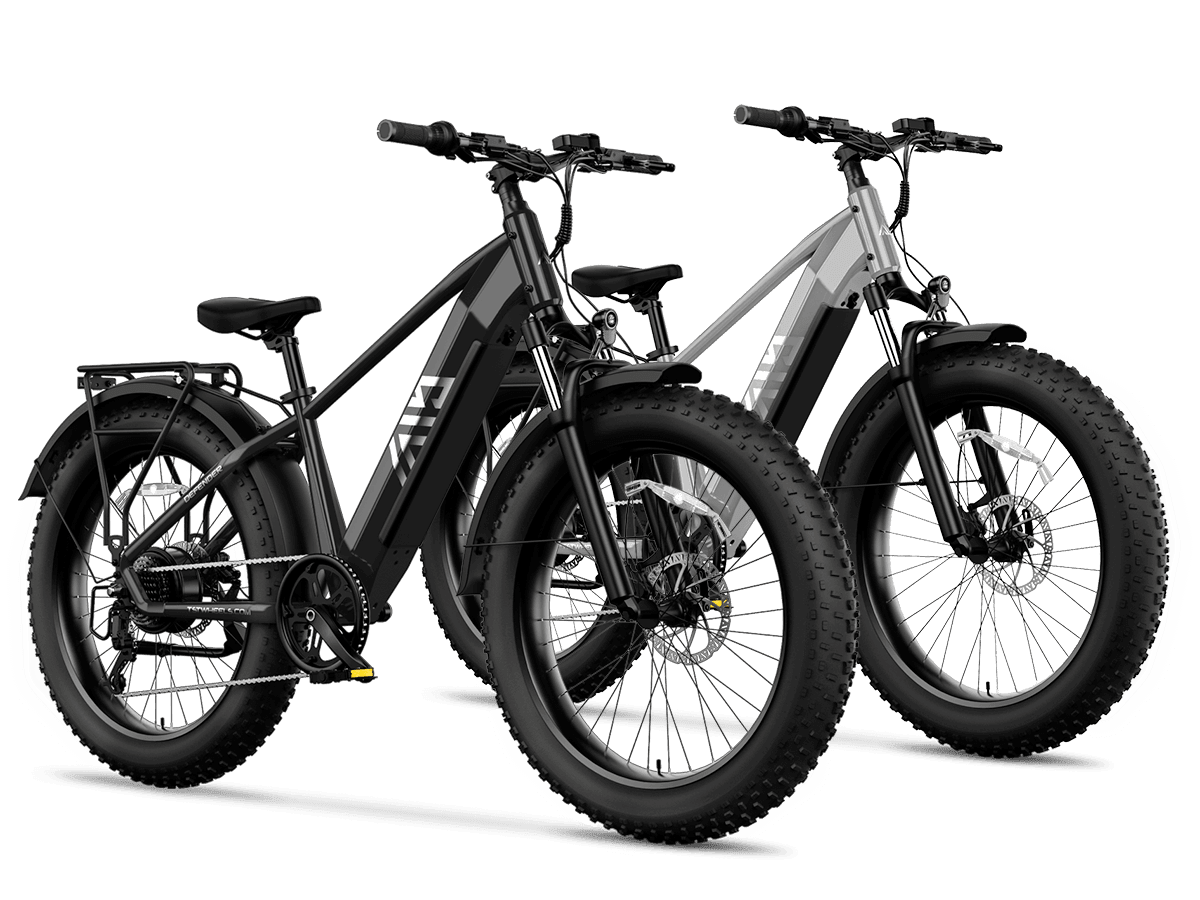
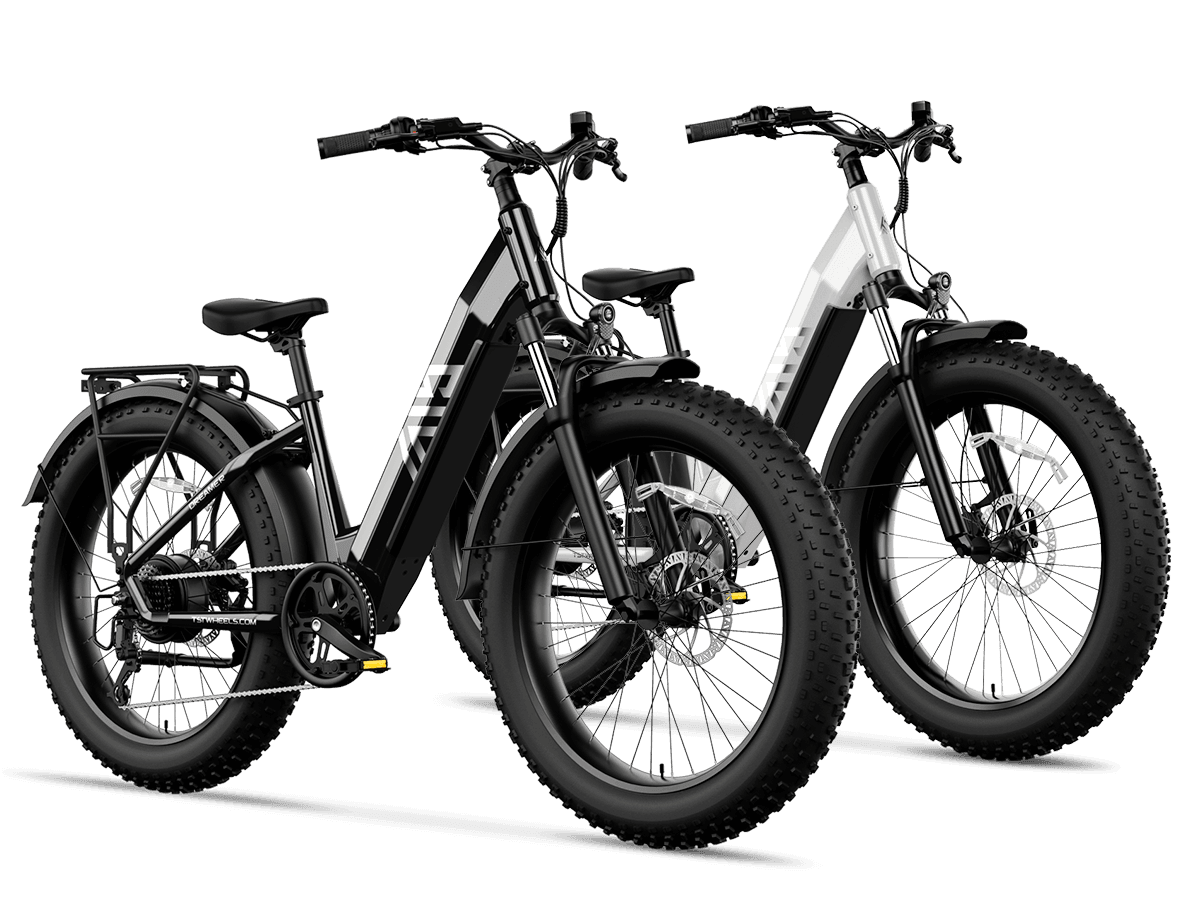
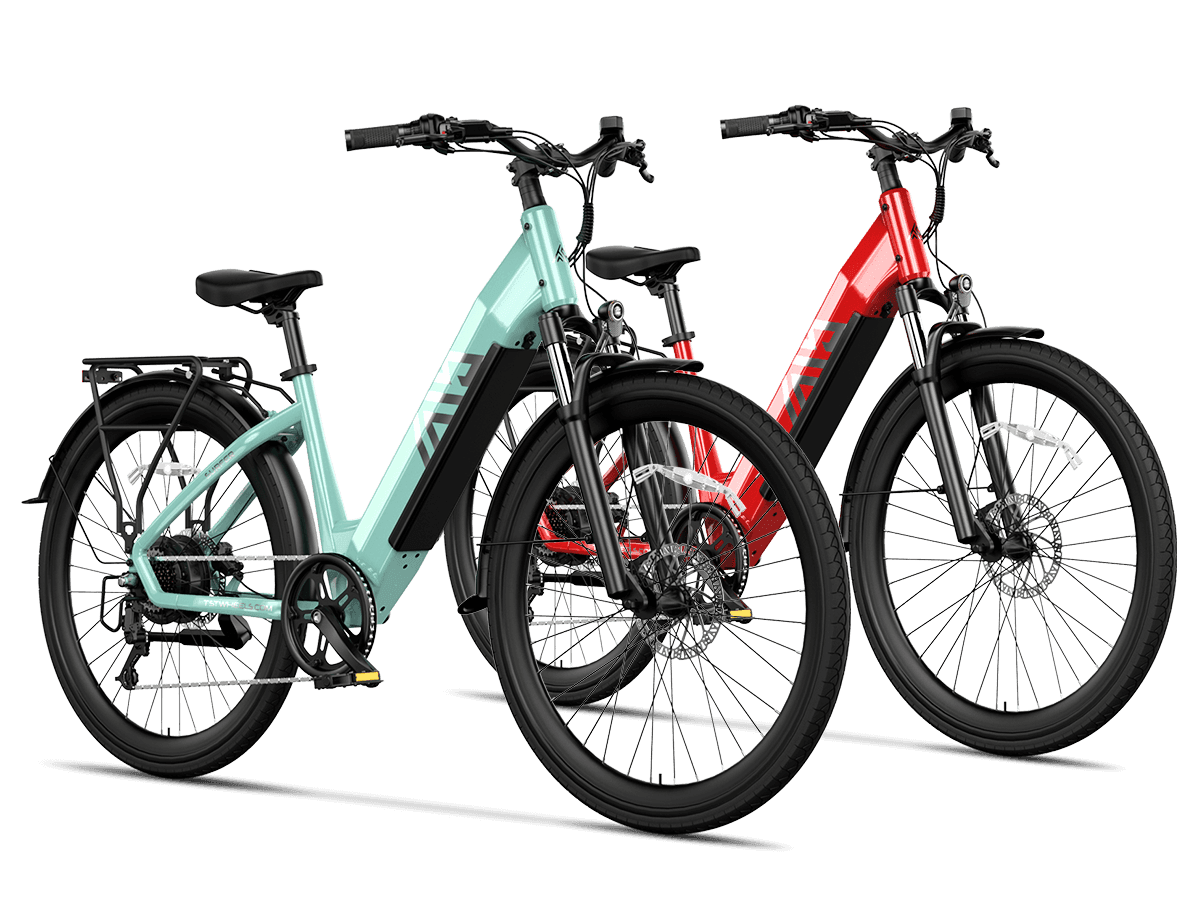
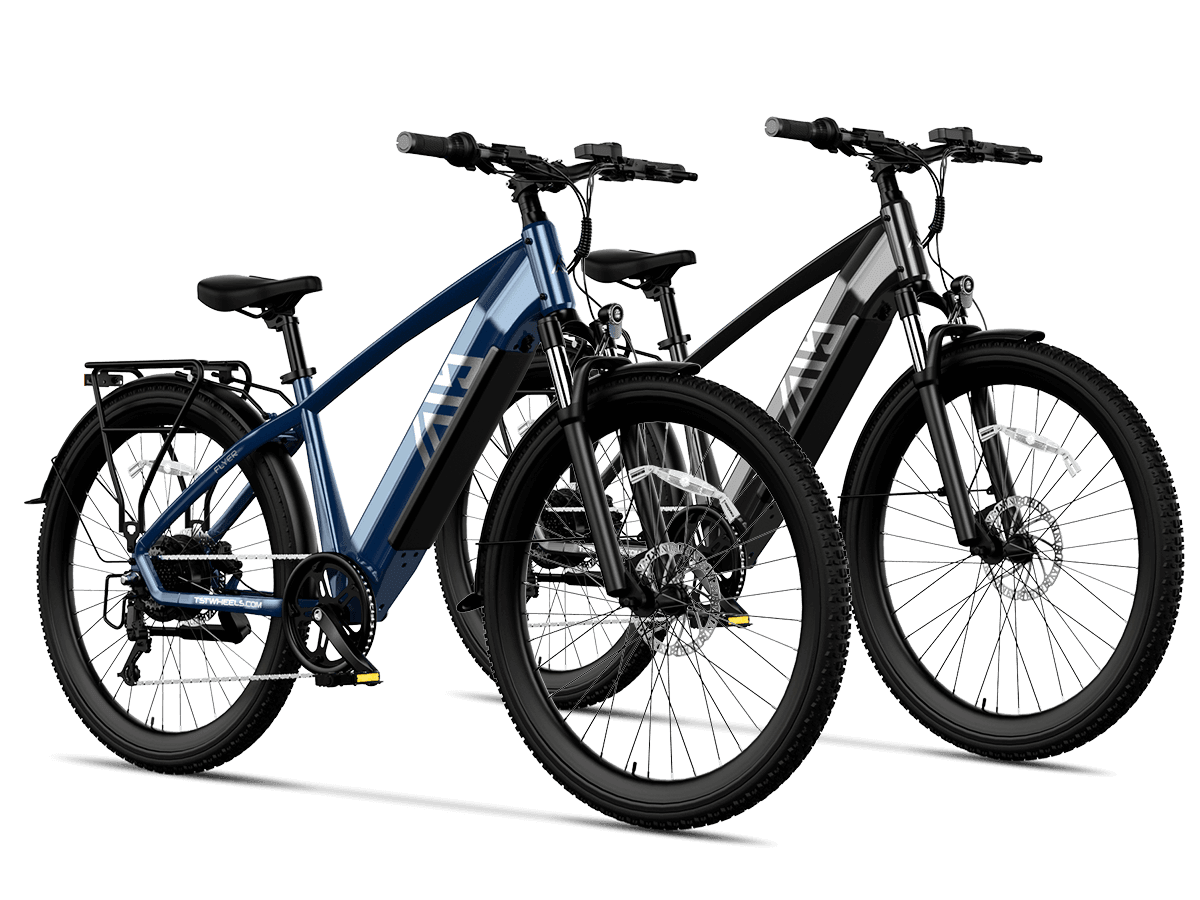

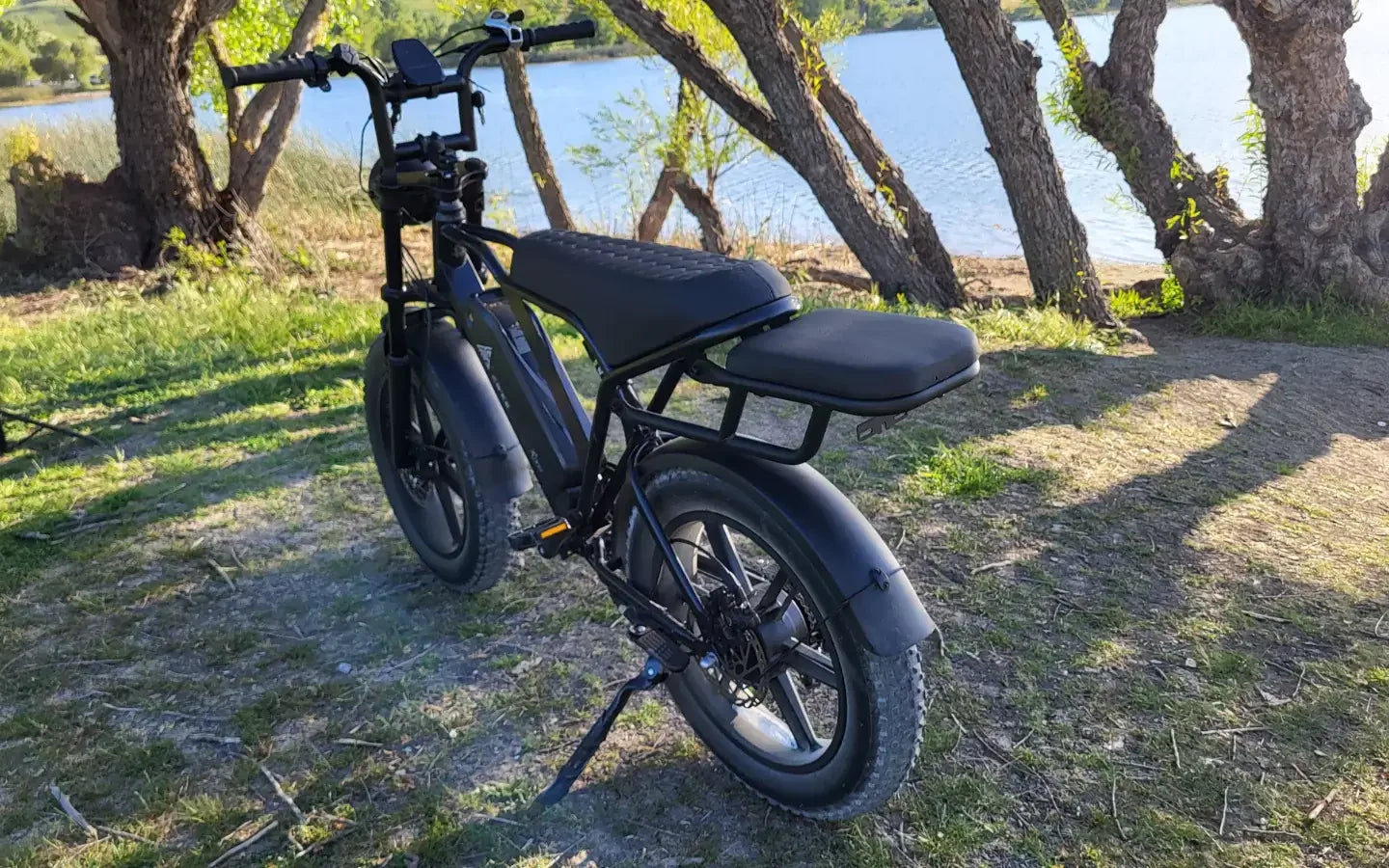
Leave a comment
This site is protected by hCaptcha and the hCaptcha Privacy Policy and Terms of Service apply.